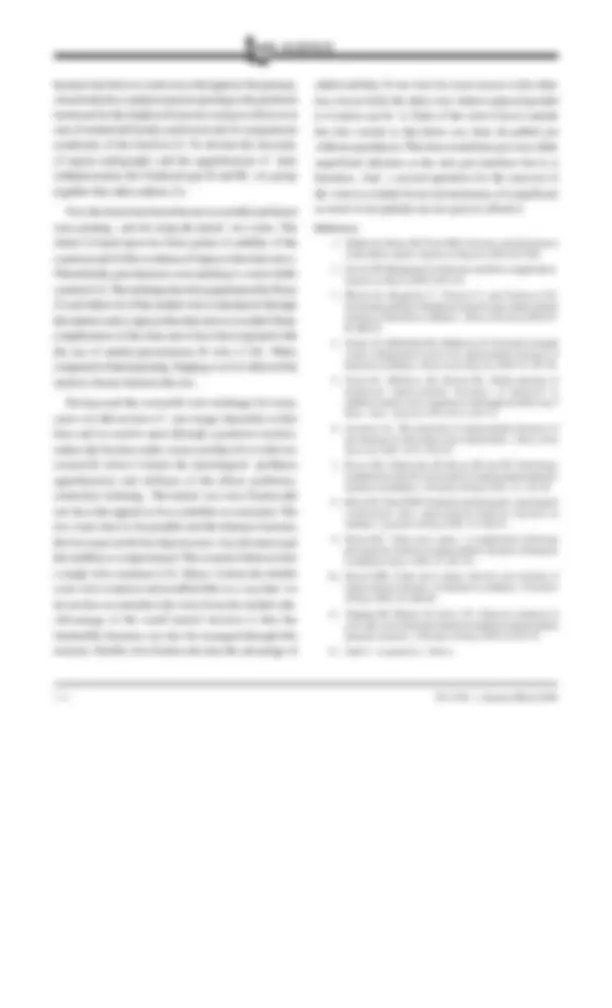



Study with the several resources on Docsity

Earn points by helping other students or get them with a premium plan


Prepare for your exams
Study with the several resources on Docsity

Earn points to download
Earn points by helping other students or get them with a premium plan
Community
Ask the community for help and clear up your study doubts
Discover the best universities in your country according to Docsity users
Free resources
Download our free guides on studying techniques, anxiety management strategies, and thesis advice from Docsity tutors
A new method of pinning for displaced extension type supracondylar fractures of the humerus in children. The study, conducted by dr. Ram krishan arora, describes the use of two pairs of k wires to secure the reduction and the results of the treatment in 30 cases. The document also discusses the advantages of this method and compares it to other commonly used techniques.
Typology: Lecture notes
1 / 3

This page cannot be seen from the preview
Don't miss anything!


From the Deptt. of Orthopaedics, SGRD Institute of Medical Sciences and Research, Amritsar (Punjab). Correspondence to : Dr. R.K. Arora, Orthopaedic Surgeon, 36-Anand Avenue, Fatehgarh Churian Road, Amritsar (Pb.) -143001.
Ram Krishan Arora
Introduction
Extension type supracondylar fracture of the humerus is the most common fracture around elbow in children (1,2). Undisplaced fractures are best treated by immobilization in a POP cast. But the best treatment for the displaced fractures is yet to be agreed upon. If treated by closed reduction and POP cast, it invariably results in cubitus varus deformity. The surgeon feels bad and the parents also remain worried till the deformity is set right with various types of osteotomies .The results, even now, are not very satisfactory.
So, something needs to be done at the very first stage to get a satisfactory result. Various methods of pinning
Abstract A new /different method of pinning of the displaced extension type supracondylar fractures of the humerus in children is presented. Here two pairs of K wires are used. The fracture is reduced under C- arm image intensifier control and then two K wires are passed through lateral epicondyle and holding the reduction two more wires are passed from the lateral supra-condylar ridge obliquely downwards and inwards across the fracture site into the medial epicondyle. Thirty cases, thus treated, are presented here. Mean follow up for 26 cases was 28 months. Four cases were lost to follow up .At the final follow up ,using Flynn's overall modified classification, the clinical result was considered to be excellent in 19 (73%) patients, good in 5 (19.23%) and poor in 2 (7.69%) patients. The protocol described here resulted in good to excellent results in 24/26 cases (92.30%) thus proving its usefulness in displaced extension type supracondylar fractures in children. Key words Supracondylar fracture humerus, pinning in, extension type, displaced.
of the extension type displaced supracondylar fracture of humerus in children are in vogue- viz. crossed K wire fixation of the fracture where one wire is passed through each of the epicondyles, two K wires passed through the lateral epicondyle and placed parallel, separated by more than 10 mm, as recommended by Judet. After pursuing the literature and keeping in mind various complications/difficulties , the crossed K wire fixation method was modified and used in this study. Material and Methods Between January 1997 and June 2001, thirty cases of displaced extension type supracondylar fractures in
children were treated using this protocol. Fractures with more than four mm of displacement were included in this study. For this, the child with an extension type supracondylar fracture (Fig 1) was examined for any neuro- vascular deficit. Then under anaesthesia, following the standard operating techniques, a small incision is made over the lateral supracondylar ridge a little above the fracture line to expose the ridge. Now the fracture is reduced and the reduction checked under the C-arm image intensifier control. AK wire is passed through the lateral supracondylar ridge downwards and inwards into the medial condyle. It is not allowed to project beyond the far boundary of the condyle to prevent it from irritating the ulnar nerve. Now the rotation of the distal fragment is checked and then AK wire is passed from the lateral epicondyle upwards and inwards into the proximal fragment. The wires cross in the proximal fragment. Again, the tip of the wire is not allowed to project beyond the cortex of the bone. Now, if the reduction is satisfactory in both the AP and lateral views, one more wire each is placed parallel to the earlier wires in a similar fashion. The wires are cut outside the skin and are bent to prevent their migration (Fig. 2, 3).
K wires of 1.8 mm diameter is used. POP back splint is given for three weeks. The wires are removed without anaesthesia at this stage and active exercises are begun.
Results The hospital stay of the patients was very short. Patients were sent home the day following surgery. After removal of the splint and the wires at three weeks, the movements were regained at a very quick pace and the cubitus varus deformity almost never developed. The only problem was of minor superficial infection at the skin pin interface. It occurred in six cases. It was never a serious infection. Secondary displacement did not occur in any case. The results were good to excellent in 92.3% (excellent in 73%,good in 19.23%) cases and poor in 7.7% cases. Discussion Undisplaced extension type supracondylar type fractures of the humerus are best managed by POP cast immobilization. The treatment of the severely displaced extension type supracondylar fractures of the Fig. 1. Shows displaced extension type supracondylar fracture of the humerus.
Fig. 2. Shows x-ray of the elbow AP view after pinning.
Fig. 3. Shows x-ray of the elbow lateral view after pinning.